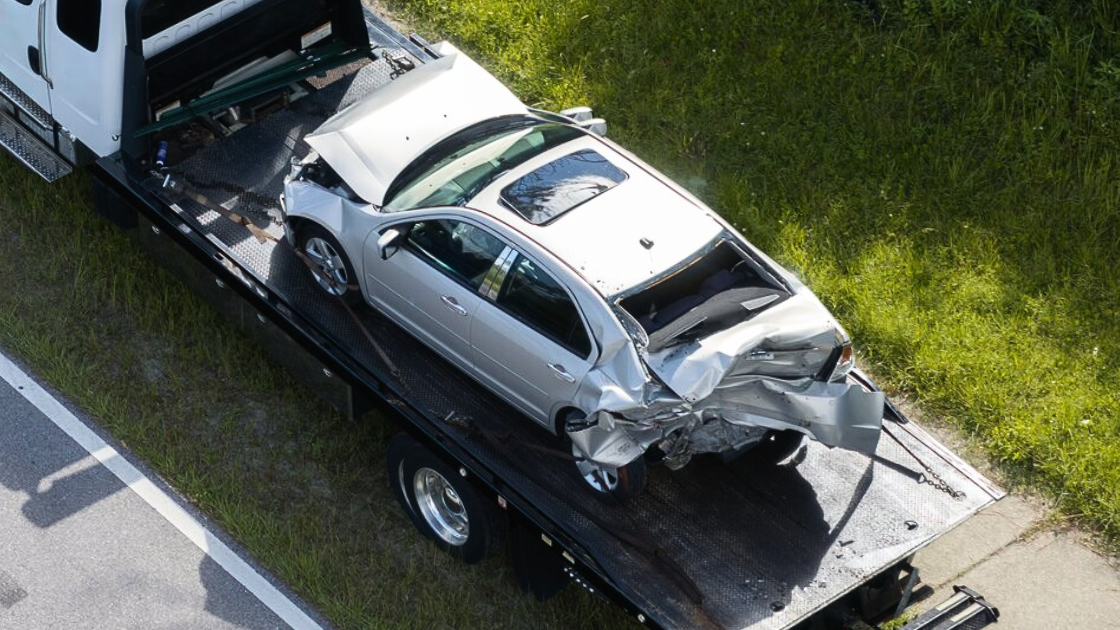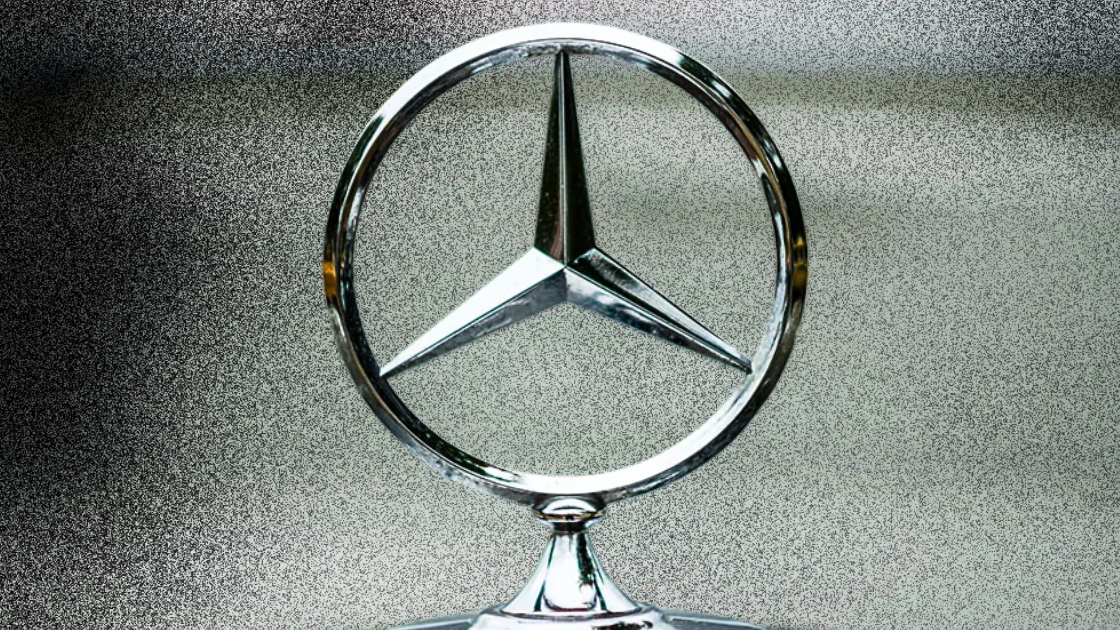
NADA CEO Mike Stanton and AAI CEO John Bozzella
Top U.S. auto leaders say EV adoption is growing—but not fast enough to meet state policy requirements.
Driving the news: At this week’s New York Auto Forum, Mike Stanton, CEO of the National Automobile Dealers Association (NADA), and John Bozzella, CEO of the Alliance for Automotive Innovation (AAI), warned that electric vehicle policy is becoming disconnected from real-world market dynamics.
Their message: If federal tax credits disappear and state mandates tighten simultaneously, the industry faces an affordability crisis, a compliance crunch, and a customer confidence problem—all at once.
By the numbers:
EVs made up 9.5% of retail auto sales in Q1 2025, up from 8% a year earlier, per J.D. Power.
Despite that growth, only 25% of new vehicle shoppers are “very likely” to consider an EV, a number that has been flat for two years.
And behind the scenes, federal tax credits are expected to phase out soon—making most EVs $6,100 more expensive overnight, per J.D. Power’s Elizabeth Krear.
Meanwhile, current sales fall far short of state-level zero-emission targets.
State of play: The gap between EV interest and conversion is being bridged, in large part, by policy support. Specifically—the $7,500 federal EV tax credit, which has helped push EV prices below ICE vehicles since mid-2024.
But Stanton warned that dealers are already preparing for that to go away.
“Each dealer, based on the manufacturer they represent, [is] going to have to take a look at their inventory and sort of game out how they're going to maximize ROI given uncertainty,” he said.
He expects a short-term spike in EV sales as buyers try to grab tax credits before they disappear—but said that demand will evaporate quickly without new support.
The reason: John Bozzella, CEO of the Alliance for Automotive Innovation, explained that price isn’t the only problem. The next tier of EV adopters is everyday buyers, not tech-forward early adopters—and their concerns are different.
“We don’t have a range anxiety issue. We have a charging anxiety issue,” he said.
The difference? Range anxiety can be solved by product specs. Charging anxiety reflects structural issues—like whether there are chargers near your apartment, at your office, or along rural routes.
Bozzella pointed out that millions of Americans still don’t have access to at-home Level 2 charging, especially in multifamily housing, and that public charging infrastructure remains inconsistent in reliability, placement, and speed.
Between the lines: Stanton said that all these dynamics are causing friction on the retail side. As ZEV states reduce allocations of popular ICE vehicles to meet their ratios, neighboring states are seeing an influx of buyers crossing state lines to find better selections and lower prices.
“It creates mistrust because none of this makes any sense… and it doesn’t make any sense to our consumers,” Stanton said.
Yes, but both Bozzella and Stanton agreed that the situation is further complicated by the 25% tariffs on imported vehicles and parts.
Bozzella called it “the alligator closest to the boat,” saying that the regulatory pressure from ZEV mandates is huge—but tariffs could overwhelm the system entirely.
“You’ve got to really work hard to find a silver lining,” he said. “We can’t yet make a bold prediction about any winners.”
While a few North American-built EVs could benefit—especially those that qualify for federal tax credits—the broader market impact is likely to be negative.
What we’re watching: Stanton said six Congressional Review Acts (CRAs) have been introduced to revoke California’s waiver allowing it to enforce stricter-than-federal ZEV mandates.
If successful, these CRAs could effectively block similar mandates in other states and bring the U.S. back to a single national standard—a long-standing goal for both OEMs and dealers.
“We have a real opportunity here,” Stanton said. “We have been living… in an environment where the government was trying to dictate that we sell more EVs than the customers are demanding.”
Outsmart the Car Market in 5 Minutes a Week
No-BS insights, built for car dealers. Free, fast, and trusted by 95,000+ auto pros.
Subscribe now — it’s free.
Tailored Customer Experiences at Every Touchpoint? There’s AI for That.
Impel’s AI Operating System maximizes engagement and conversion across marketing, chat, sales, and service. Now dealers can deliver one-to-one concierge experiences at scale across every step of the consumer journey, driving new levels of revenue, customer retention, and profitability.
And with our new AI Knowledge Bank, you can customize your AI for maximum flexibility. From incentives and service policies to tariff responses, train Impel once, and every conversation immediately reflects your latest updates. The result?
As much as a 50% increase in appointment set rates
Up to a 26% reduction in human intervention
95 incremental Repair Orders on average per month
An increased repurchase rate of nearly 25%
See the difference the Impel AI Operating System makes today. Visit impel.ai/cdg.











